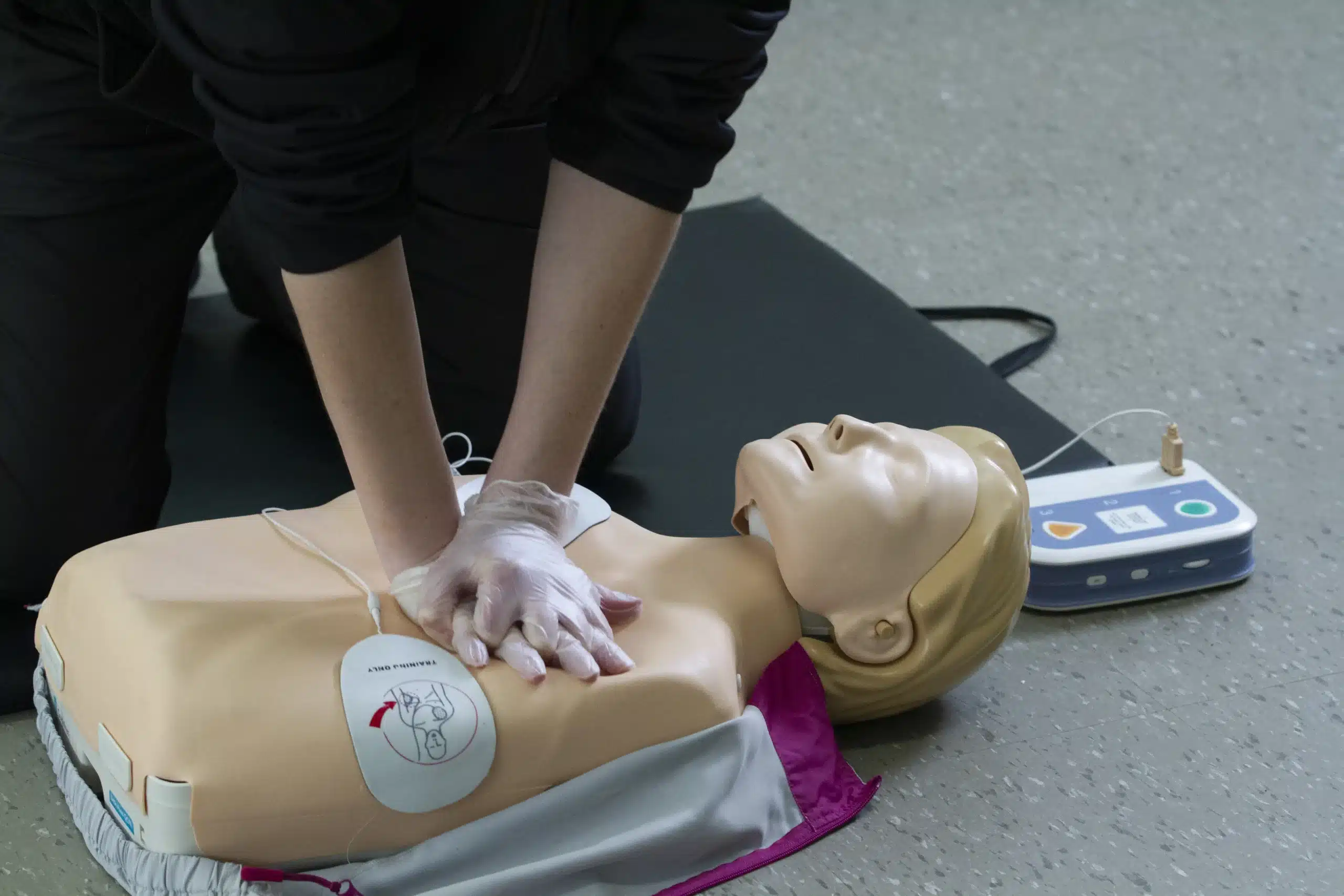In an ideal world, emergencies would never occur. Unfortunately, we don’t live in a perfect world, and accidents and health crises can happen anywhere, including at work. That’s why it’s so important for employees to have basic first-aid and Cardiopulmonary Resuscitation (CPR) training. This blog post will delve into the importance of workplace CPR and first-aid training, highlighting how it can save lives and create a safer, more confident workforce.
Why is Workplace CPR and First-Aid Training Essential?
1. Saves Lives
The most obvious reason to provide CPR and first-aid training at work is that it saves lives. According to the American Heart Association, immediate CPR can double or triple the chances of survival after cardiac arrest. Moreover, knowing how to respond to different types of medical emergencies, from cuts and burns to choking and shock, can prevent a dangerous situation from becoming fatal.
2. Fosters a Safer Environment
When employees are trained in CPR and first aid, they are more aware of safety in the workplace. They are more likely to spot potential hazards and take steps to prevent accidents before they happen. This proactive approach to safety can lead to a significant reduction in workplace accidents.
3. Boosts Employee Confidence
Knowing what to do in an emergency can significantly boost an employee’s confidence. It eliminates the panic and confusion that often accompany accidents and medical emergencies, allowing them to take swift, effective action. This can also have a positive impact on overall job satisfaction and morale.
4. Enhances Corporate Image
Workplaces that prioritize safety and health training are seen as responsible and caring employers. This can enhance the corporate image, making it easier to attract and retain top talent. In addition, it demonstrates a commitment to employee welfare, which can improve relationships with stakeholders, including customers and investors.
Implementing CPR and First-Aid Training
While the benefits of workplace CPR and first-aid training are clear, how can businesses implement it effectively? Here are a few tips:
-
Choose a Reputable Training Provider: There are numerous organizations that provide CPR and first-aid training, but not all are created equal. Look for providers accredited by reputable bodies like the American Heart Association or the Red Cross.
-
Make it Regular: Skills fade over time, especially if they’re not used regularly. Make CPR and first-aid training a regular event, with refresher courses at least every two years.
-
Make it Accessible: Training should be accessible to all employees, regardless of their role within the company. Remember, emergencies can happen anywhere and at any time.
-
Practice Scenarios: Theoretical knowledge is important, but nothing beats hands-on practice. Use realistic scenarios to help employees understand what to do in different situations.
In conclusion, workplace CPR and first-aid training is not just a nice-to-have – it’s a must-have. It saves lives, creates a safer environment, boosts employee confidence, and enhances corporate image. By choosing a reputable training provider and making training regular and accessible, businesses can ensure their employees are prepared for any emergency.








